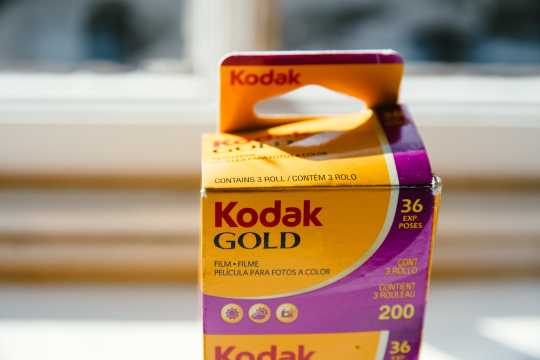Storytelling has long been a powerful tool in advertising campaigns, as it has the ability to evoke emotions, capture attention, and build a connection with the audience. From television commercials to social media posts, brands use storytelling to create a narrative that resonates with consumers and drives engagement. In this blog post, we will explore the power of storytelling in advertising campaigns and how it can impact consumer behavior.
One of the most notable examples of storytelling in advertising campaigns is the Dove Real Beauty campaign. The campaign, which launched in 2004, aimed to challenge beauty standards and celebrate diversity and inclusivity. Instead of focusing on product features or benefits, Dove used storytelling to share the stories of real women and their struggles with body image. By creating a narrative that resonated with women around the world, Dove was able to connect with consumers on a deeper level and build a loyal following.
Storytelling in advertising campaigns can also help to humanize brands and make them more relatable to consumers. Instead of relying solely on sales pitches and promotional messages, brands can use storytelling to share their values, beliefs, and mission. This can help to build trust and credibility with consumers, as they are more likely to support a brand that aligns with their own values. For example, the Patagonia Worn Wear campaign tells the stories of customers who have had their Patagonia gear repaired and passed down through generations. By showcasing the durability and longevity of their products, Patagonia was able to build a connection with environmentally conscious consumers who value sustainability and ethical consumption.
Moreover, storytelling in advertising campaigns can also help to differentiate brands from their competitors. In crowded markets where consumers are bombarded with advertising messages, brands that are able to tell a compelling story have a better chance of standing out. By creating a unique narrative that sets them apart from the competition, brands can capture the attention of consumers and leave a lasting impression. An example of this is the Coca-Cola “Share a Coke” campaign, which personalized Coke bottles with names and encouraged consumers to share them with their friends and family. By creating a sense of nostalgia and promoting sharing and connection, Coca-Cola was able to drive engagement and increase sales.
In addition, storytelling in advertising campaigns can also drive emotional engagement with consumers. Research has shown that emotions play a crucial role in consumer decision-making, and brands that are able to evoke positive emotions through storytelling are more likely to build a strong emotional connection with their audience. By telling captivating stories that tug at the heartstrings, brands can create a memorable and impactful experience for consumers. The Always “Like a Girl” campaign, for example, used storytelling to challenge stereotypes and empower young girls to redefine what it means to do something “like a girl.” By creating a powerful narrative that resonated with consumers of all ages, Always was able to drive awareness and spark conversations about gender equality.
Furthermore, storytelling in advertising campaigns can also help brands to build brand loyalty and advocacy. By creating a narrative that speaks to the values and beliefs of their target audience, brands can build a community of loyal supporters who are more likely to recommend and endorse their products to others. By giving consumers a reason to connect with the brand on a deeper level, storytelling can help to foster long-term relationships and create brand advocates. The Nike “Just Do It” campaign is a prime example of this, as it has inspired athletes and non-athletes alike to push beyond their limits and strive for greatness. By telling the stories of real people who have overcome adversity and achieved their goals, Nike was able to build a loyal following of supporters who embody the brand’s values of perseverance and determination.
In conclusion, storytelling is a powerful tool in advertising campaigns that can help brands to connect with consumers, differentiate themselves from the competition, evoke emotions, and build brand loyalty and advocacy. By creating compelling narratives that resonate with their target audience, brands can create a memorable and impactful experience that drives engagement and influences consumer behavior. As the advertising landscape continues to evolve, storytelling will remain a key strategy for brands looking to capture the attention and loyalty of consumers.

